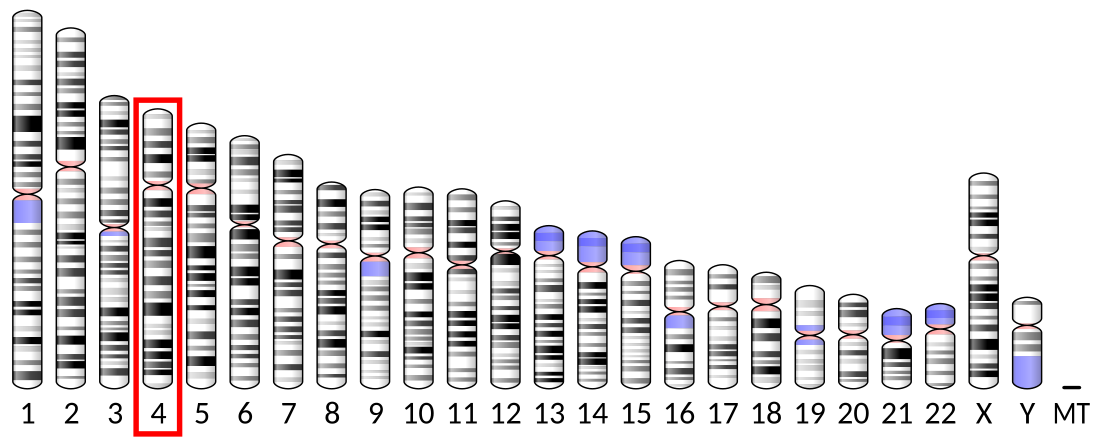Top Qs
Timeline
Chat
Perspective
SGCB
Protein-coding gene in the species Homo sapiens From Wikipedia, the free encyclopedia
Remove ads
Beta-sarcoglycan is a protein that in humans is encoded by the SGCB gene.[5][6]
The dystrophin-glycoprotein complex (DGC) is a multisubunit protein complex that spans the sarcolemma and provides structural linkage between the subsarcolemmal cytoskeleton and the extracellular matrix of muscle cells. There are 3 main subcomplexes of the DGC: the cytoplasmic proteins dystrophin (DMD; MIM 300377) and syntrophin (SNTA1; MIM 601017), the alpha- and beta-dystroglycans (see MIM 128239), and the sarcoglycans (see, e.g., SGCA; MIM 600119) (Crosbie et al., 2000).[supplied by OMIM].[6]
Remove ads
Clinical significance
Mutations in the SGCB gene are known to cause Limb-girdle muscular dystrophy, autosomal recessive 4 (LGMDR4).[7] This condition causes pelvic and shoulder muscle wasting, usually from childhood.
References
Further reading
External links
Wikiwand - on
Seamless Wikipedia browsing. On steroids.
Remove ads






